Need to work with Excel Interop. I can successfully open and read from an excel file but while closing it, the background process for that excel does not get killed. Tried using several solutions from previous SO links, but no luck! So my ask is, how to kill the background process???
Below is the UPDATED CODE that I am currently using:
Excel.Application application = new Excel.Application();
var workbooks = application.Workbooks;
Excel.Workbook workbook = workbooks.Open(path);
Excel.Worksheet worksheet = workbook.ActiveSheet;
Excel.Range range = worksheet.UsedRange;
var rows = range.Rows;
// Some business logic
for (int row = 2; row <= rows.Count; row++)
{
//Read the data from the excel
}
// Some business logic
//close the excel
rows.Clear();
cell.Clear();
range.Clear();
workbook.Close(false);
application.Quit();
while (Marshal.FinalReleaseComObject(rows) != 0) { }
while (Marshal.FinalReleaseComObject(cell) != 0) { }
while (Marshal.FinalReleaseComObject(range) != 0) { }
while (Marshal.FinalReleaseComObject(worksheet) != 0) { }
while (Marshal.FinalReleaseComObject(workbook) != 0) { }
while (Marshal.FinalReleaseComObject(workbooks) != 0) { }
while (Marshal.FinalReleaseComObject(application) != 0) { }
rows = null;
cell = null;
range = null;
worksheet = null;
workbook = null;
workbooks = null;
application = null;
GC.Collect();
GC.WaitForPendingFinalizers();
By following the above code, I get the below exception in my debugger:
Any help on this will be appreciated.
